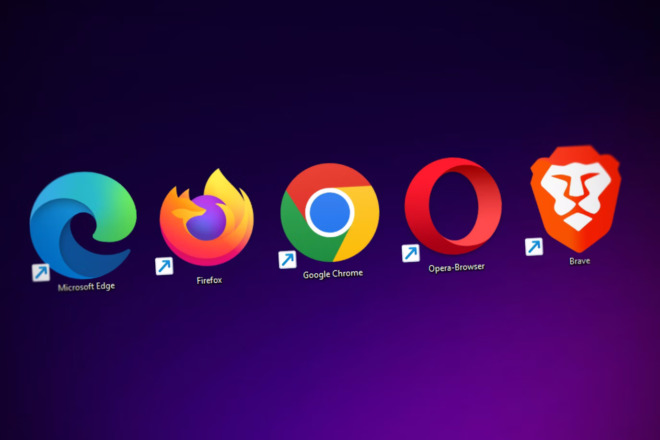What is a customer experience map? As people land on your site, they go on a journey. Understanding where they are in the process and what their pain points are helps ensure you create a website giving them the best customer experience (CX) possible.
CX technology spending is slated to reach $641 billion by 2022. Companies everywhere see the importance of focusing on CX and ensuring the path the buyer takes from Point A to Point B is smooth and intuitive.
Using a customer experience map is about more than just building a list of pain points and paths. You have to think through where each buyer is in the journey and the next steps. What are their objections and how can you overcome them and provide a solution? Here are our best tips for creating one.
1. Find Your Target Audience
The best way to create an amazing experience map is by knowing who your customers are inside and out. Dig into the demographics of your buyers. Also, look at what makes them tick. What problem drives them to your site?
Once you have an idea of who your users are, segment them based on where they are in the buyer’s journey. If someone is in the awareness stage, your landing page will offer much different content than if they are in the decision stage, where you mainly need to overcome their final objections.
2. Tap Into AI Technology
Recent studies show artificial intelligence (AI) technology drives around 37% of online revenue, and the number grows annually. AI allows you to track the behavior of your audience and see what they might respond best to.
Use tools such as Heat Maps to see what areas of your site you can cut and survey your customers about what they’d like to see you add on the experience map.
Use big data to make some basic decisions you can then tweak into the perfect CX.
3. Set Goals
What are your goals for your customer experience map? Do you want to increase conversions? Perhaps your primary objective is to improve your brand image. Once you understand the goals for each stage of the buyer’s journey, it’s much easier to tweak your website and any touchpoints with the customer.
You should understand the customer’s goal for interacting with you. By helping them achieve their goal, you create a positive experience. However, you also should have a corporate goal for each interaction. What is the next step you want your customer to take?
4. Define Your Touchpoints
Taek the time to list every interaction customers have with your brand. If someone does a Google search for a particular keyword phrase, where will they land on your site? What is that initial interaction like? Think through each step they take beyond the first one and what the CX is like for the user.
Your experience map should outline every touchpoint you have with your audience. Each one is a chance to make a positive impression, so use every tool you can and some good old fashioned intuition to give customers what they want and create a great CX.
If the customer initiates a live chat, what happens next? Is the experience a good one? Test out each touchpoint thoroughly and ask your current customers for feedback on how to improve.
5. Provide Mobile Responsiveness
More people use their smartphones to access the internet than ever before. Statista reports around 54.8% of internet traffic is via mobile devices. The number fluctuates a bit from year to year but has been on an upward trajectory for the past decade.
Part of your experience map should think through your users who access your digital assets via smartphones. Can anything be improved? What about SMS customer service options? Have you looked into ways to help your users along their journey with the least aggravation possible?
6. Dig Into the Emotions
Don’t just consider what problem the user wants to solve and how you can offer that through your CX. When creating the customer experience map, take the time to think about what the person feels. What emotions drive them.
For example, if you offer swimming lessons for toddlers, you might know that the common search term is “water safety for babies” or something along those lines. However, there is something deeper at play for parents searching for swim lessons.
Fear is typically the driving force behind their search. They know drowning is one of the top causes of death in children under five, so they hunt for a solution. Once you get their emotions, you can put their minds at ease and explain what your product or service does and doesn’t do.
7. Test for Efficiency
An excellent CX saves the user time and gets them from Point A to Point B without skipping steps but combining the ones that make sense to put together. For example, can you add a video outlining the information the user needs in a condensed format?
Make sure any forms collect only the most pertinent information. Think through those on mobile devices. Can some form fields be auto filled or cut out to cut down on typing?
Update Your Experience Map Frequently
Your customer experience map will change as your company grows. When you add a new product or perfect a process, go ahead and review your processes. Over time, you’ll increase conversions and customer satisfaction.
About The Author
Cooper Adwin is the Assistant Editor of Designerly Magazine. With several years of experience as a social media manager for a design company, Cooper particularly enjoys focusing on social and design news and topics that help brands create a seamless social media presence. Outside of Designerly, you can find Cooper playing D&D with friends or curled up with his cat and a good book.


